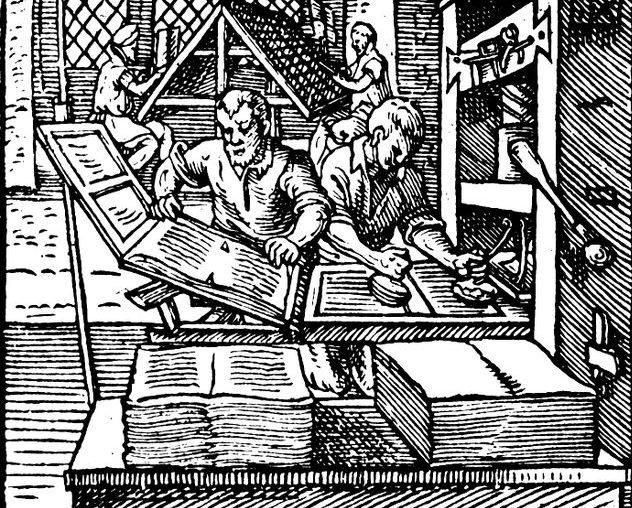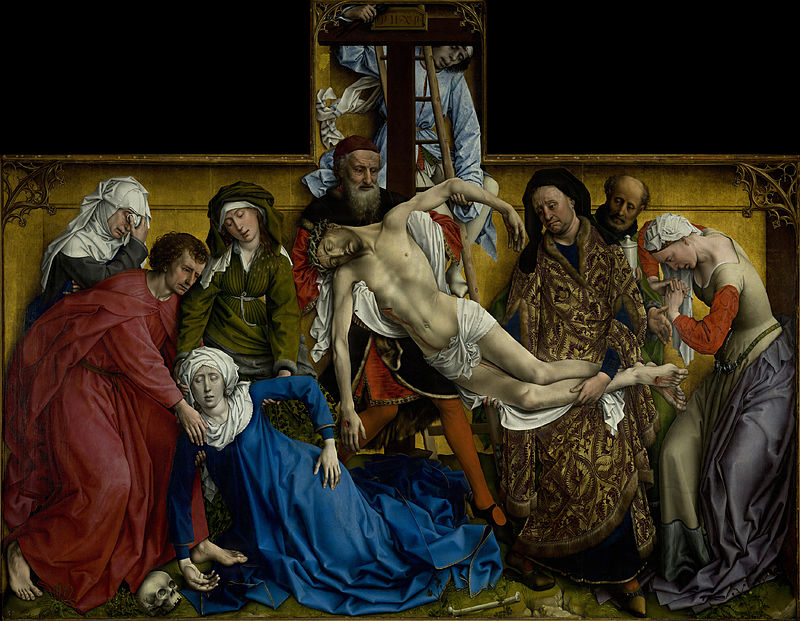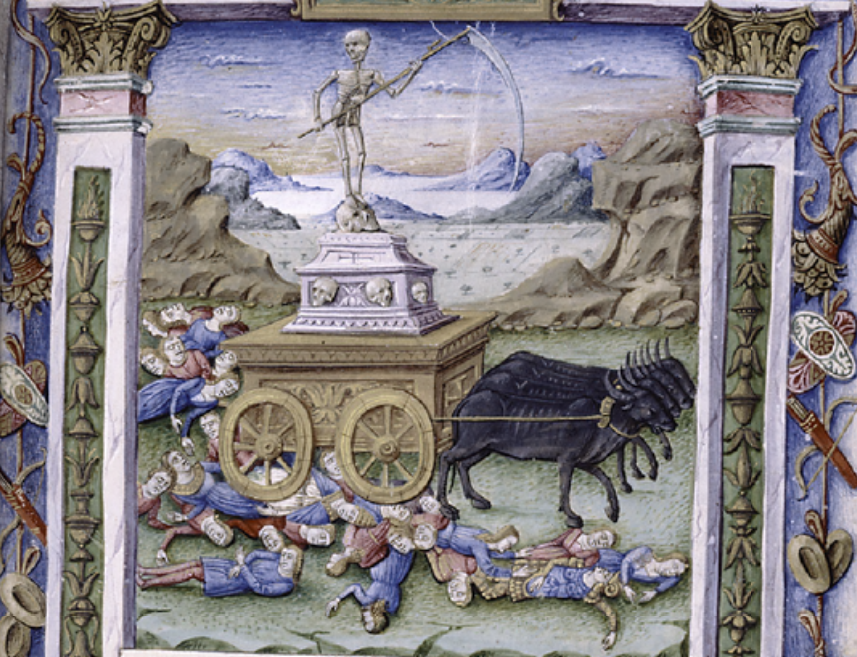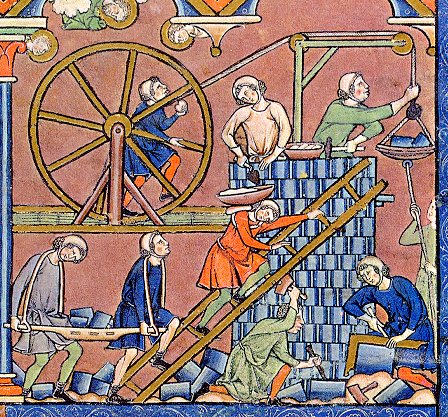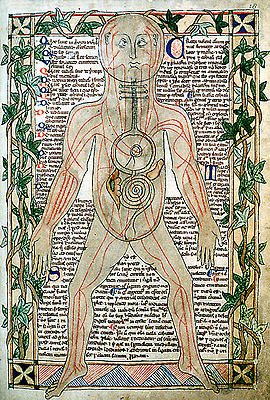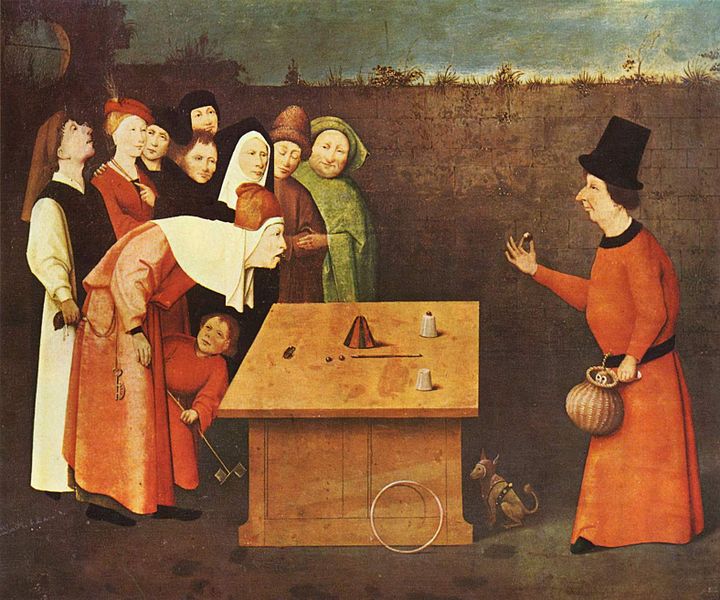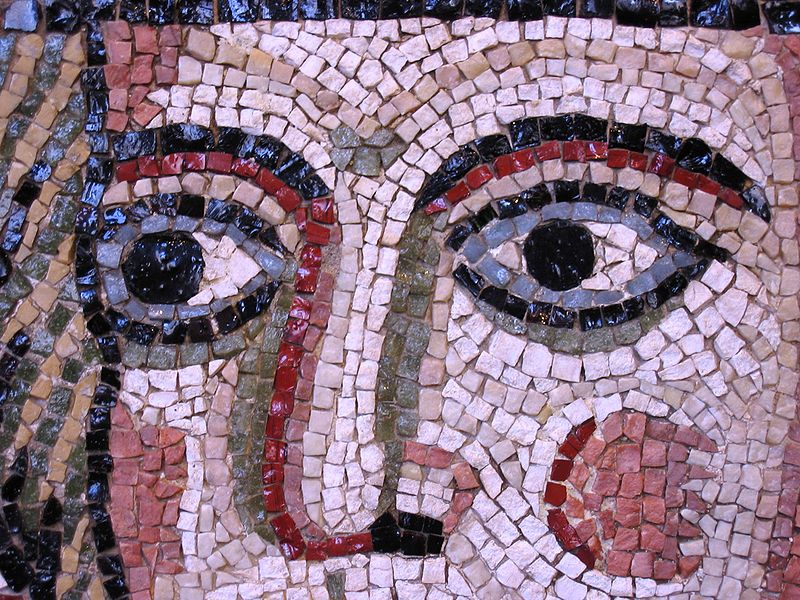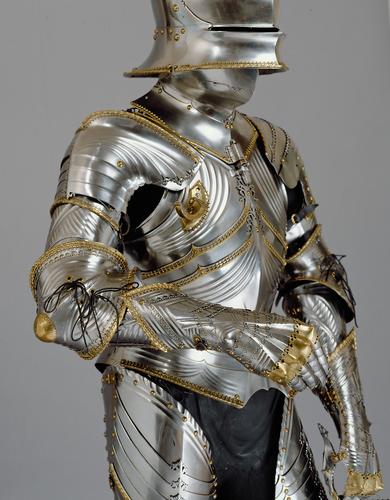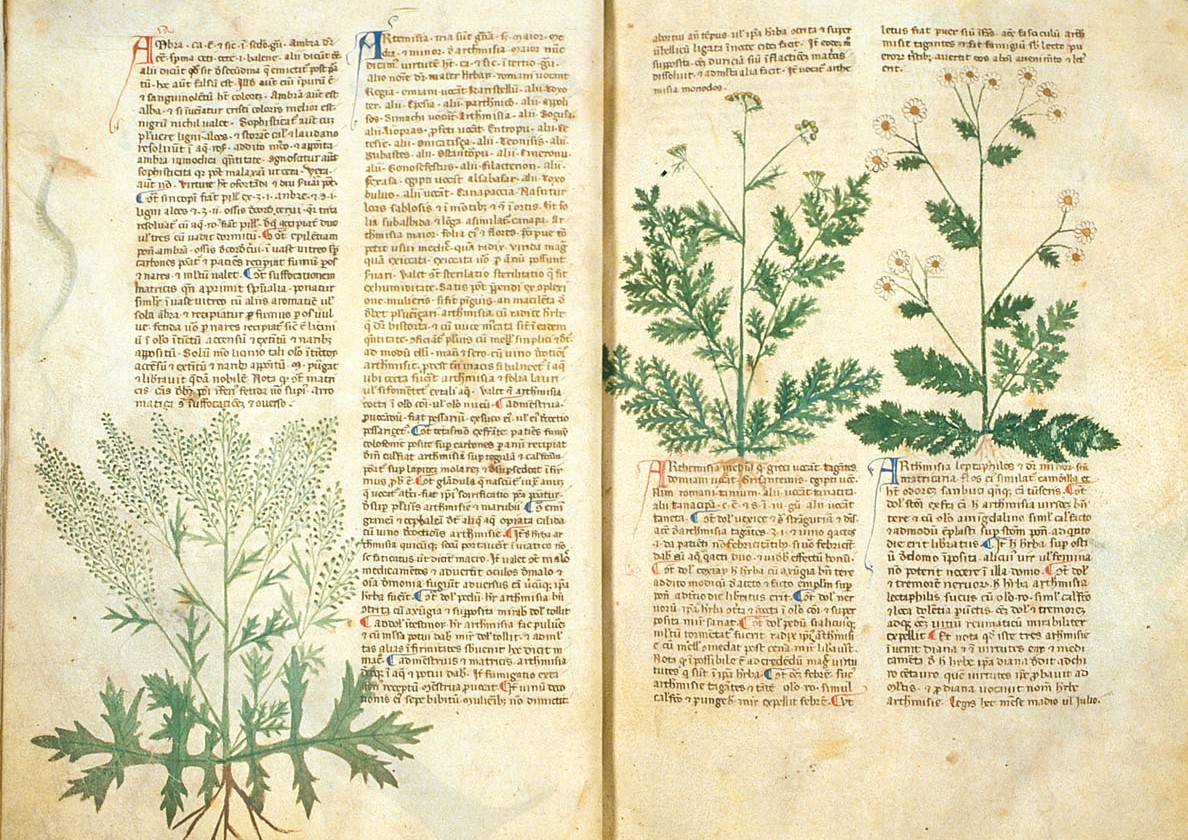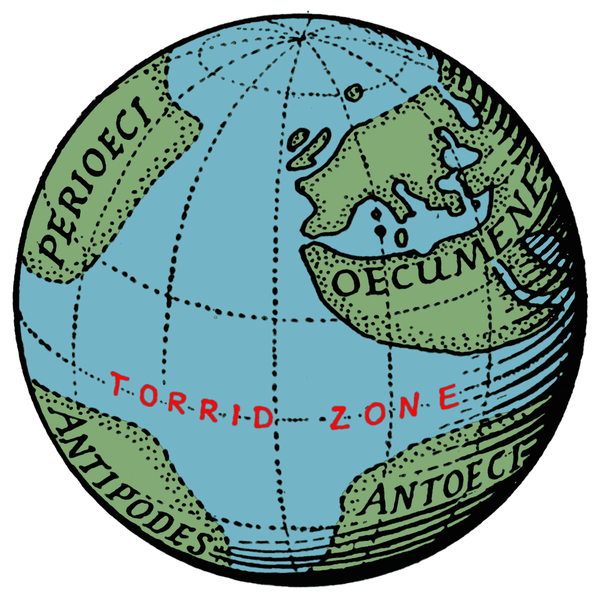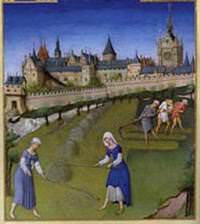Remediating Viking Origins: Genetic Code as Archival Memory of the Remote Past
In this article we explore how the remote past is made relevant in the present for participants in a study of population genetics in the UK.
Ten Medieval Inventions that Changed the World
Ten Inventions from the Middle Ages that have had lasting importance, even to the present-day.
Northern Renaissance? Burgundy And Netherlandish Art In Fifteenth-Century Europe
Everyone who has studied medieval or modern history knows that the periodisation of the eras on either side of the Renaissance provides much food for thought. This contribution aims irst to address the usefulness of the widespread concept of the ‘Northern Renaissance’.
From Sin to Science: Astrological Explanations for the Black Death, 1347-1350
Few survivors of the plague’s horrors could have remained indifferent to debates over its ultimate cause. The frequent evocation of astrology in these debates helped to increase the circulation of astrological ideas in the later fourteenth century, and contributed to the wider vogue they enjoyed during the early modern period
A New Set of Fourteenth Century Planetary Observations
The Astronomy of Levi ben Gerson (d.1344) is unusual for recording 45 observations he made of planetary longitudes and latitudes that are presented here for the first time.
An Introduction to the Mechanical Arts in the Middle Ages
A brief overview of where these “mechanical arts” fit into the scholastic world. The thesis of the “Dark Ages” often suggests that there was a discontinuity in knowledge between Antiquity and the Renaissance, and perhaps nowhere so obviously as in the mechanical arts. This is certainly false…
Wax or wane? Insect perspectives on human environmental interactions
The sites discussed in this paper include a range of sites investigated on national road schemes and other development projects across Ireland, covering a long time-span from the Neolithic period through to the medieval period.
Apocalyptic Calculators of the Later Middle Ages
The purpose of my talk today is to explore why and how astrology became an accepted tool for apocalyptic calculation in the later Middle Ages.
The Cyrurgia of Albucasis and other works, 1500
Four surgical treatises, printed in the last year of the fifteenth century, make up the oldest illustrated printed book in the Sibbald Library. The second one, the Cyrurgia of Albucasis, is the most interesting and I shall deal only briefly with the others.
Quasicrystals in Medieval Islamic Architecture
Quasicrystal patterns have remarkable properties: they do not repeat periodically, and have special symmetry—and were not understood in the West until the 1970s.
A Medieval Multiverse
Ideas in a thirteenth-century treatise on the nature of matter still resonate today, say Tom C. B. McLeish and colleagues.
Medieval Magic Tricks
How to turn water into wine, make a cross turn by itself, or have worms appear on cooked meat – some fun medieval magic tricks!
The fire that comes from the eye
One of the earliest ideas about vision is that it depends on light that streams out of the eye and detects surrounding objects. This view was attacked in its own time and finally disproved more than 2000 years later.
Voynich Manuscript partially decoded, text is not a hoax, scholar finds
A Professor in Applied Linguistics believes he has decoded a few words from the mysterious Voynich Manuscript, a 600-year old work that has baffled scholars for the last hundred years.
Limitations imposed by wearing armour on Medieval soldiers’ locomotor performance
Our findings can predict age-associated decline in Medieval soldiers’ physical performance, and have potential implications in understanding the outcomes of past European military battles.
‘Royal’ pediculosis in Renaissance Italy: lice in the mummy of the King of Naples Ferdinand II of Aragon (1467-1496)
Pediculosis seems to have afflicted humans since the most ancient times and lice have been found in several ancient human remains. Examination of the head hair and pubic hair of the artificial mummy of Ferdinand II of Aragon (1467-1496), King of Naples, revealed a double infestation with two different species of lice…
Anesthesia Drugs in the Medieval Muslim Era
In the Middle Ages, Christian Europe was in a state of intellectual stagnation and the theological doctrine that pain serves God’s purpose and must not be alleviated militated against the improvement in methods of narcosis. Nuland points out that the Middle Ages in Europe were dark ages so far as advances in the pharmacology of anesthesia were concerned.
Stature and frailty during the Black Death: the effect of stature on risks of epidemic mortality in London, A.D. 1348-1350
Recent research has shown that pre-existing health condition affected an individual ’ s risk of dying duringthe 14th-century Black Death. However, a previous study of the effect of adult stature on risk of mortality during the epidemic failed to find a relationship between the two; this result is perhaps surprising given the well-documented inverse association between stature and mortality in human populations.
Can medieval drugs help modern patients?
Were medieval drugs effective at helping patients? Can modern pharmaceuticals make use of their knowledge?
Depicting the Medieval Alchemical Cosmos: George Ripley’s Wheel of Inferior Astronomy
Alchemical writing often develops the idea of a physical or analogical correspondence between heaven and earth: a relationship most fre- quently and conveniently expressed by the use of the seven planetary symbols (Sol, Luna, Mercury, Venus, Mars, Jupiter and Saturn) to denote the seven metals (usually gold, silver, quicksilver, copper, iron, tin and lead respectively).
Healthscaping a Medieval City: Lucca’s Curia viarum and the Future of Public Health History
Healthscaping a Medieval City: Lucca’s Curia viarum and the Future of Public Health History G. Geltner (Department of History, University of Amsterdam) Urban History: 40,…
Ironing Out the Myth of the Flat Earth
It seems there’s one fact about the Middle Ages that always seems to astound people: medieval people did not actually think the world was flat.
Galileo, the Impact of the Telescope, and the Birth of Modern Astronomy
Galileo would have dearly loved to explain to his examiners how his observations made belief in the Copernican system more intellectually respectable even though he had no irrefutable proof of the Earth’s motion, but this was an opportunity he never got.
From Rome to the antipodes: the medieval form of the world
Here we discuss how some medieval scholars in the Western Europe viewed the form of the world and the problem of the Antipodes
Into the frontier: medieval land reclamation and the creation of new societies. Comparing Holland and the Po Valley, 800-1500
In the paper it is shown that medieval land reclamation led to the emergence of two very divergent societies, characterised by a number of different configurations; (a) power and property structure, (b) modes of exploitation, (c) economic portfolios, and (d) commodity markets.

